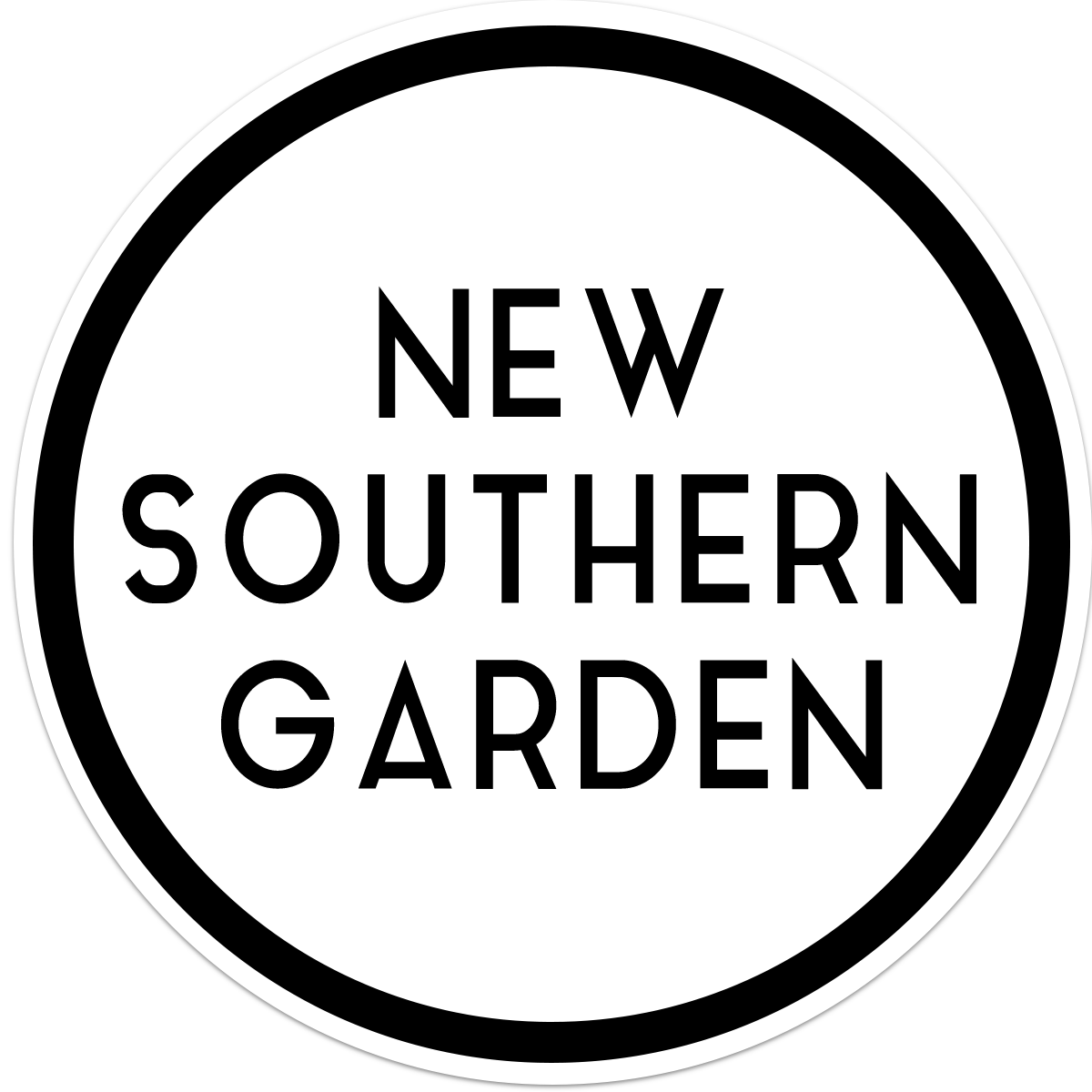Nathan has a deep history with growing vegetables and lays out some of his thoughts about gardening with edible plants. From being introduced to potato growing by his grandfather as a kid, he shares some philosophy and practices about veggies on this Half Episode of New Southern Garden.
Read MoreWith cultural changes due to the COVID-19 pandemic, it makes you wonder what an apocalyptic world might look like. We've seen it in the movies, but what about real life? If grocery stores run out of food, what are you going to eat? Don't fear! Nathan
Read MoreWelcome to New Southern Garden's first half-episode! These new bonus episodes are meant to keep you engaged in your garden during the week! During this half-episode, Nathan expands upon topics from the previous show to give you more detail and also talks a bit about the importance of creating a sense of place in your space. Join us
Read MoreThis week is Q&A Week! Your questions, our answers. Your problems, our solutions! First Nathan rants about landscapers who are trying to scam ya! Be careful when dealing with these so-called "landscapers." Maggie asks if she should add soil amendment to her planting hole. Carl wants to over seed his fescue lawn this spring and Jenny wants
Read MoreEvery month we get answers for your gardening questions! This month, Nathan answers questions from a variety of topics. Kimberly wonders how to get rid of moles (don't we all). David wants to save money on buying plants (don't we all) by dividing his existing perennials. Molly thinks she wants to plant a tree in a container while Jim's got a weed problem (don't we all). Lastly, Karen wants to be sure she's pruning her hydrangea at the right time of year! It's a doozy of a show filled with gardening fun. Submit your question for the next Q&A here.
Read MoreWinter isn't coming. It's here. Don't just wrap up warmly and hibernate though. Plenty of jobs need to be done in the garden over winter! This week, Nathan discusses the Do's and Don'ts for winter gardening. Planning and designing your landscape, planting, propagating, mulching, and weeding can keep you busy before spring. However, now is not a good time to water regularly, prune, or fertilize. Nathan walks you through the winter garden guiding you on what you should and shouldn't be doing...and the reasons why!
Read MoreAnother month of gardening in 2019 is over! But don't cry. That just means that another episode of Q&A Week is here! We've got your questions and our answers. Nathan answers Richard's questions about gardening without soil and how-to grow the best asparagus ever! Then he switches gears to Jane's squash issues and Ben who is wondering how to water well through summer. Join us as we answer these questions and don't forget to submit yours in our Contact Us page!
Read MoreIs it a bird? Is it a plane? Is it Superman? Nope. It's just a plant. But inside every plant resides a number of super powers that would put the Incredible Hulk's to shame. These super powers help a plant grow and do things that defy even gravity! Join Nathan as he explains a few of these super powers and how you can put them to work for you to grow your best garden ever.
Read MoreWhat in the world is a “geophyte?” It’s just a technical term for a plant that has some kind of storage unit under ground— basically a bulb, tuber, corm, or rhizome. If you want to increase your daffodil garden or make more baby tulips, Nathan explains several ways to propagate each kind of “geophyte.” Often overlooked, these underground plants can really make an impact in the southern garden so be sure to add more bulbs, tubers, corms, and rhizomes with these simple tips.
Read More








